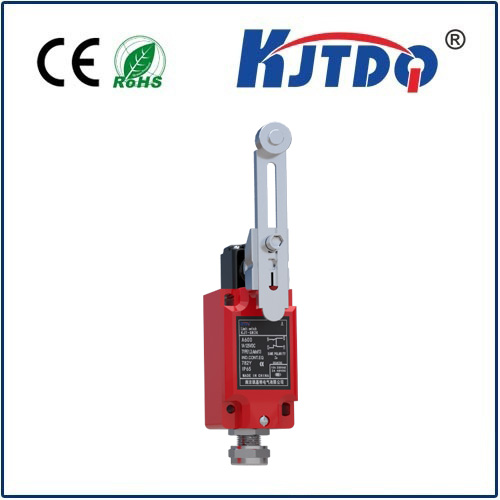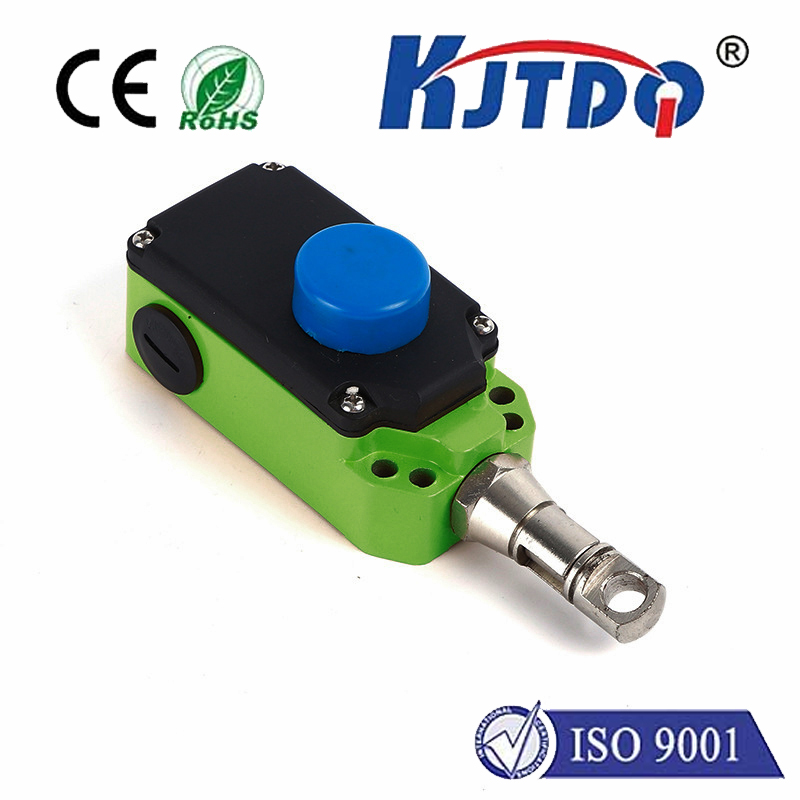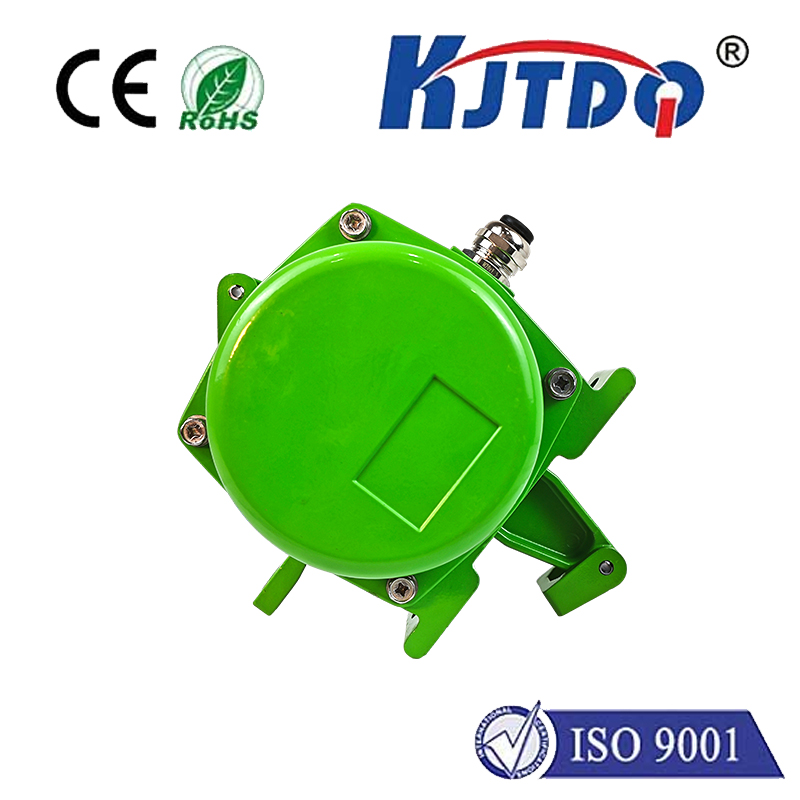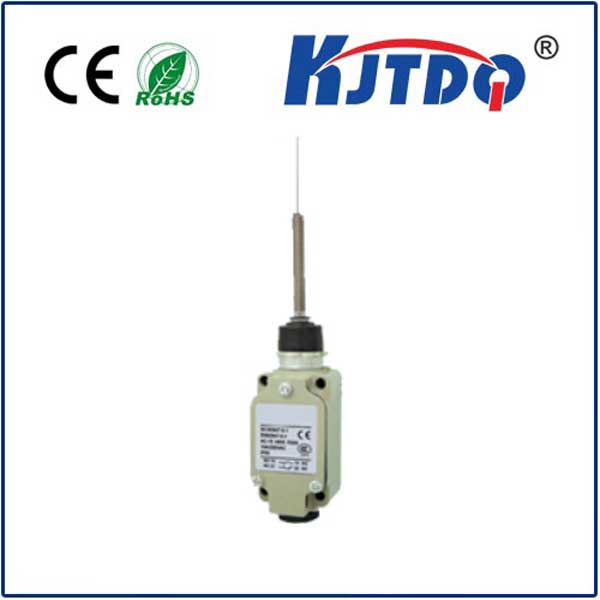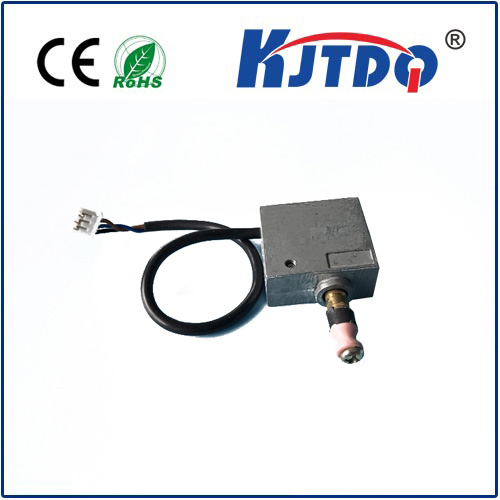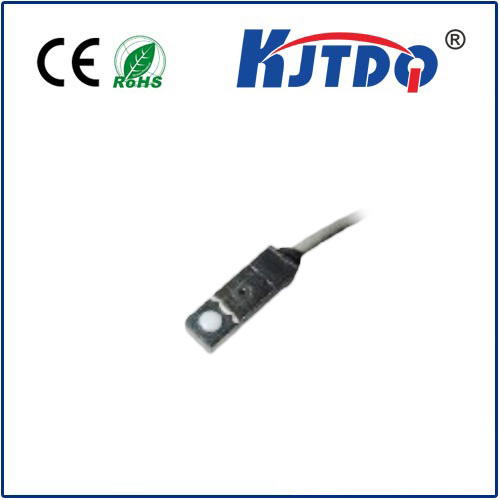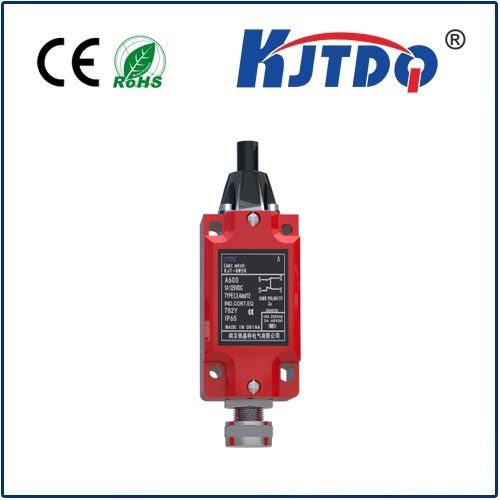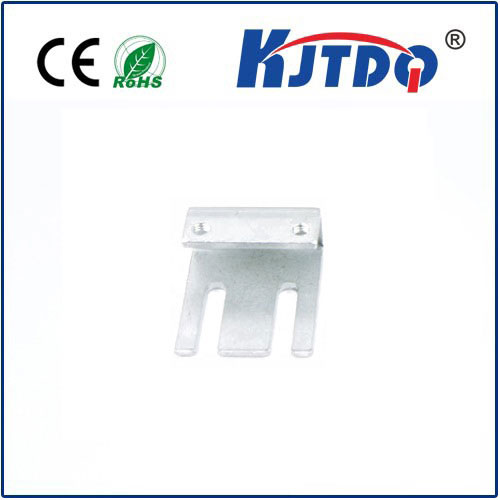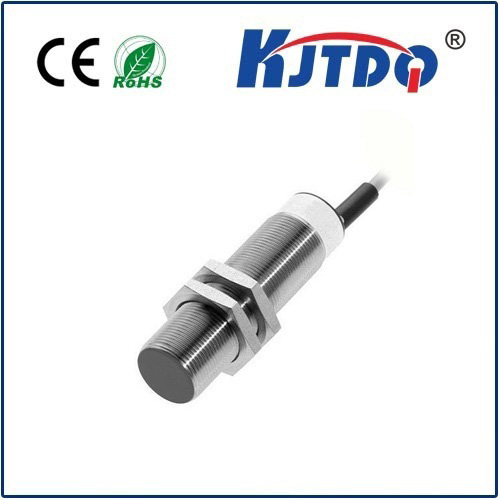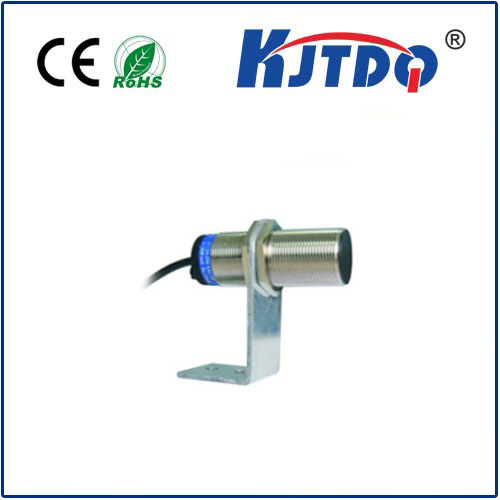
check

check

check

check
Understanding Proximity Switches: A Comprehensive Guide Proximity switches play a critical role in modern automation and sensing applications. They are essential devices that detect the presence or absence of an object without physical contact, making them ideal for various industrial processes. This guide dives into what proximity switches are, how they function, their types, applications, and key considerations when selecting one.
A proximity switch, also known as a proximity sensor, is a type of electronic sensor used to detect objects near it within a specified distance. Unlike traditional mechanical limit switches that require physical contact, proximity switches operate based on principles such as electromagnetic fields, capacitive reactance, or hall effect to sense the presence of an object. This non-contact operation enhances reliability and extends switch life, making proximity switches suitable for harsh environments.
Proximity switches work on several different technologies depending on the model:
Inductive Proximity Sensors: These sensors generate an electromagnetic field and measure changes in that field caused by conductive targets nearby. When an object comes close, it alters the field’s reluctance, which the sensor detects and converts into an output signal.
Capacitive Proximity Sensors: Capacitive sensors detect changes in capacitance between two plates caused by the approach of any object, regardless of whether it is metallic or non-metallic. This makes them versatile for a wide range of materials.
Hall Effect Sensors: These use the Hall effect to detect magnetic fields. As a target moves closer, it disturbs the local magnetic field, which the sensor then detects as a change in voltage across its terminals. Each technology has its own set of advantages and limitations, making some more suitable for specific tasks than others.
Proximity switches can be categorized based on their detection method:

Inductive Proximity Switches: Ideal for metal detection and commonly used in metal-working industries.
Capacitive Proximity Switches: Suitable for both metallic and non-metallic objects, making them perfect for packaging, food processing, and textile industries.
Hall Effect Sensors: Used primarily where magnetic fields are involved or when detecting ferrous materials. Common in automotive and conveyor belt applications.
The versatility of proximity switches makes them valuable across multiple sectors:
Industrial Automation: Used in assembly lines, robotics, and machinery positioning to ensure precise operation and safety.
Transportation: Detection systems in elevators, conveyors, and automated guided vehicles (AGVs) rely on proximity sensors.
Security Systems: Monitoring access points, automatic doors, and barrier systems utilize these sensors to ensure safe and efficient operations.
Consumer Electronics: Smartphones, laptops, and other gadgets use proximity sensors to enable features such as screen dimming when the device is near a user’s face.
When choosing a proximity switch for your application, consider the following factors:
Sensing Range: Determine the maximum distance at which the sensor needs to detect the object.
Type of Object: Whether you need to detect metal, non-metal, or specific material properties.
Environmental Conditions: Consider temperature ranges, moisture, dust, and chemical exposure. Some sensors are better suited for harsh conditions.
Output Type: Choose between AC/DC relay output, NPN/PNP transistor output, or digital signals like SSI or I²C.
Form Factor: Ensure the sensor fits the spatial constraints of your application. Sizes range from tiny surface-mount types to larger housings with connectors.
Proximity switches are indispensable tools in the realm of automation and sensing technology. Their ability to perform reliable non-contact measurements opens up a myriad of industrial and consumer applications. By understanding the basic principles behind their operation, the different types available, and key selection criteria, you can choose the best proximity switch for your specific needs and ensure optimal performance in your systems.
